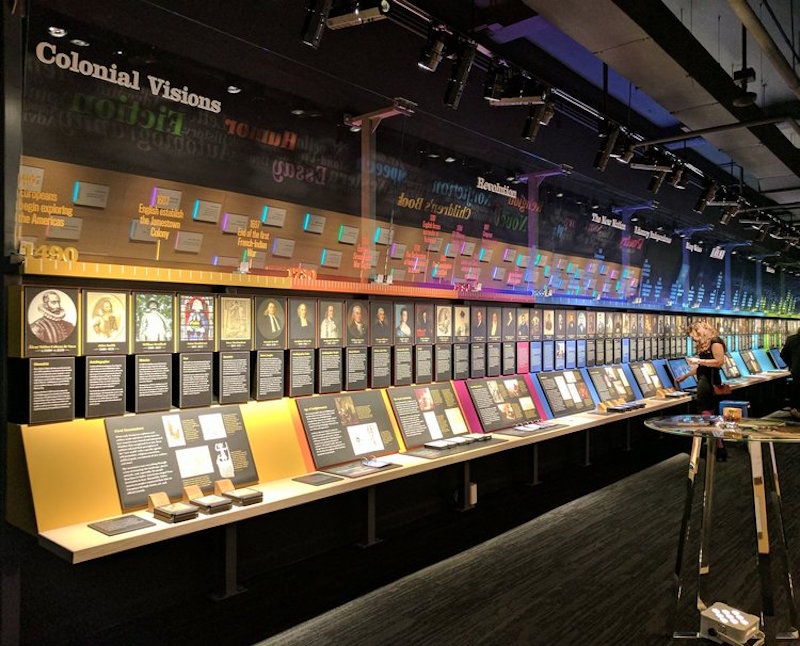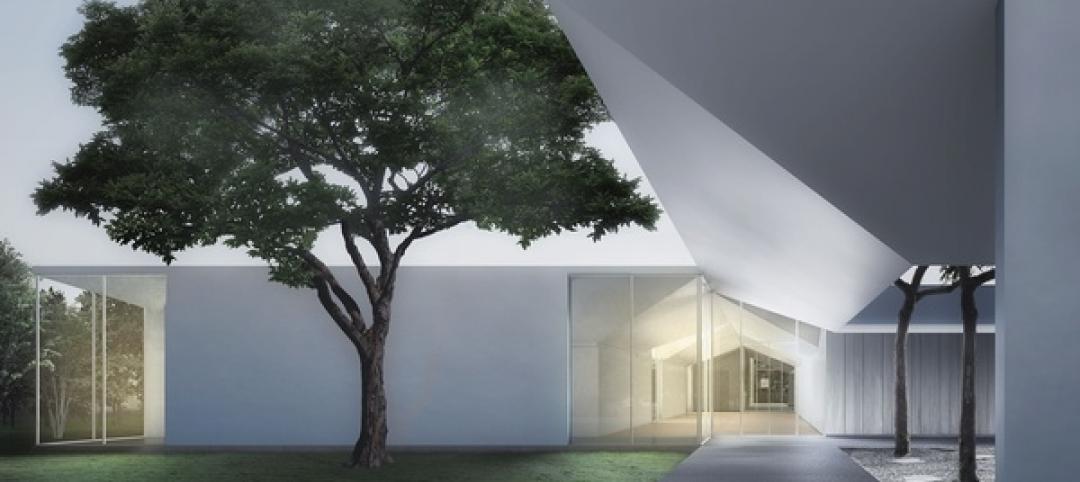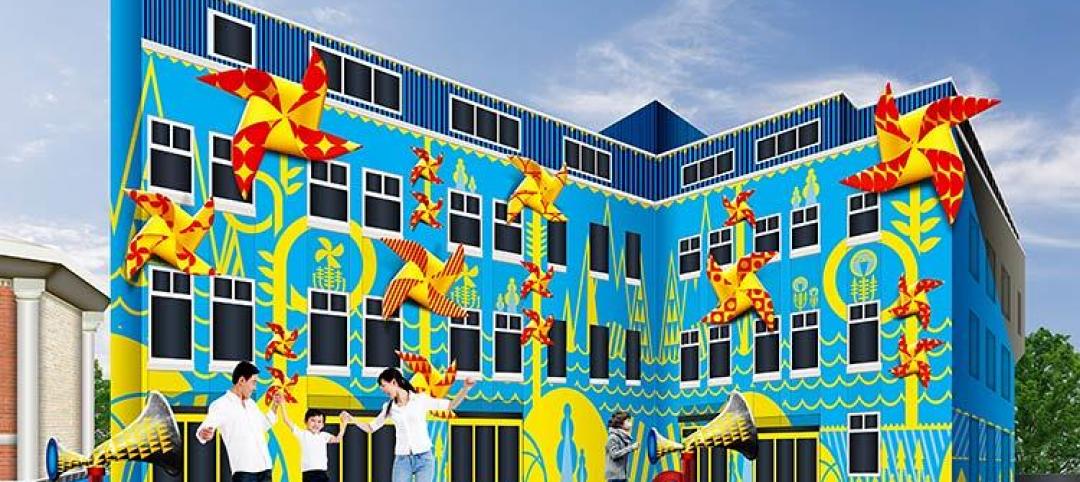Located in an ordinary building whose bottom floor is occupied by a bank at 180 N. Michigan Avenue is a museum the likes of which can’t be found anywhere else in the country. The American Writers Museum, a project seven years in the making, officially opened to the public on May 16.
According to project designer Amaze Design, the museum is “the first national museum in the United States dedicated to the celebration of American writers and the exploration of their influences on our history, our identity, our culture, and our daily lives.”
A small museum dedicated to American writers sitting one floor above a bank in a non-descript Chicago building may at first sound like the type of museum you stumble across while on a cross-country road trip: the New England Maple Museum, the National Mustard Museum, or the broadly (and most definitely aptly) titled Museum of the Weird. The American Writers Museum could very easily have taken on the appearance of a musty, forgotten corner of a local library; the acidic, vanilla-laced smell of old books heavy in the air.
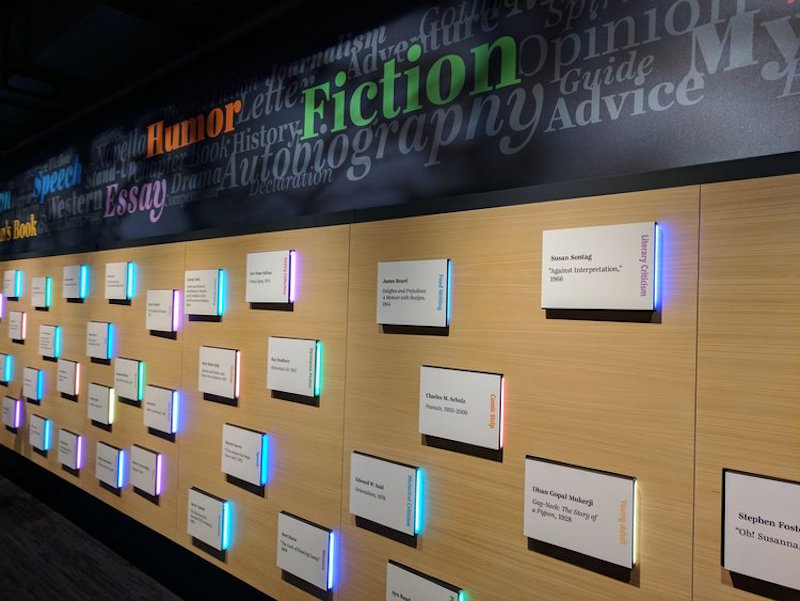 Photo courtesy of Amaze Design.
Photo courtesy of Amaze Design.
The museum didn’t go in that direction, however. Instead, perhaps ironically, the museum dedicated to the greatest Americans to ever lay ink on paper integrates a heavy dose of technology into the museum’s 10,000 sf.
Bright colors, colored lights, and large, interactive touchscreens highlight the space. “The museum covers the breadth and range of American writers through unexpected, in-depth, immersive, and hands-on exhibits,” according to the architect.
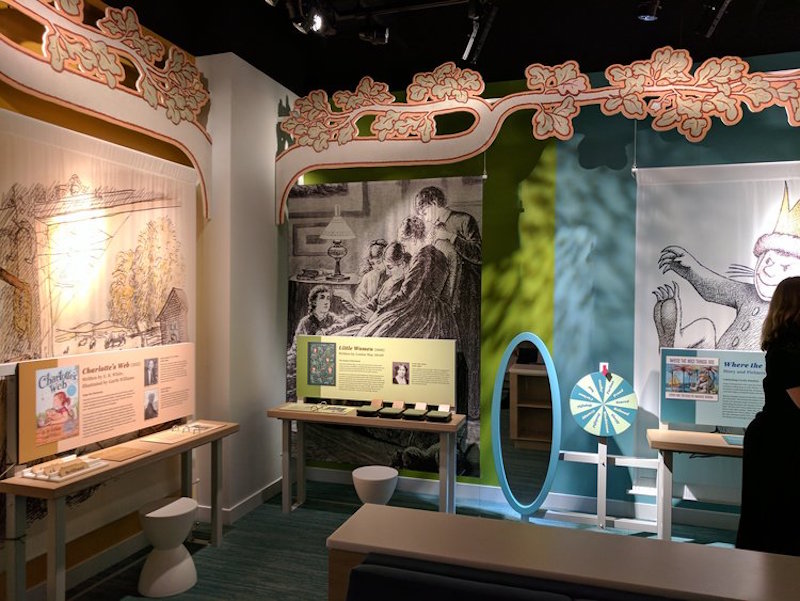 Photo courtesy of Amaze Design.
Photo courtesy of Amaze Design.
Included in the museum are permanent exhibitions highlighting Chicago writers, a children’s literature gallery, and a “Word Waterfall.” Current temporary exhibits include Jack Kerouac’s original manuscript scroll for On the Road and Palm, an exhibit inspired by the life and work of the American poet W.S. Merwin.
Amaze Design was responsible for all design, research, media production, and fabrication and installation, which were accomplished through collaborative partnerships.
The project had a budget of $10 million.
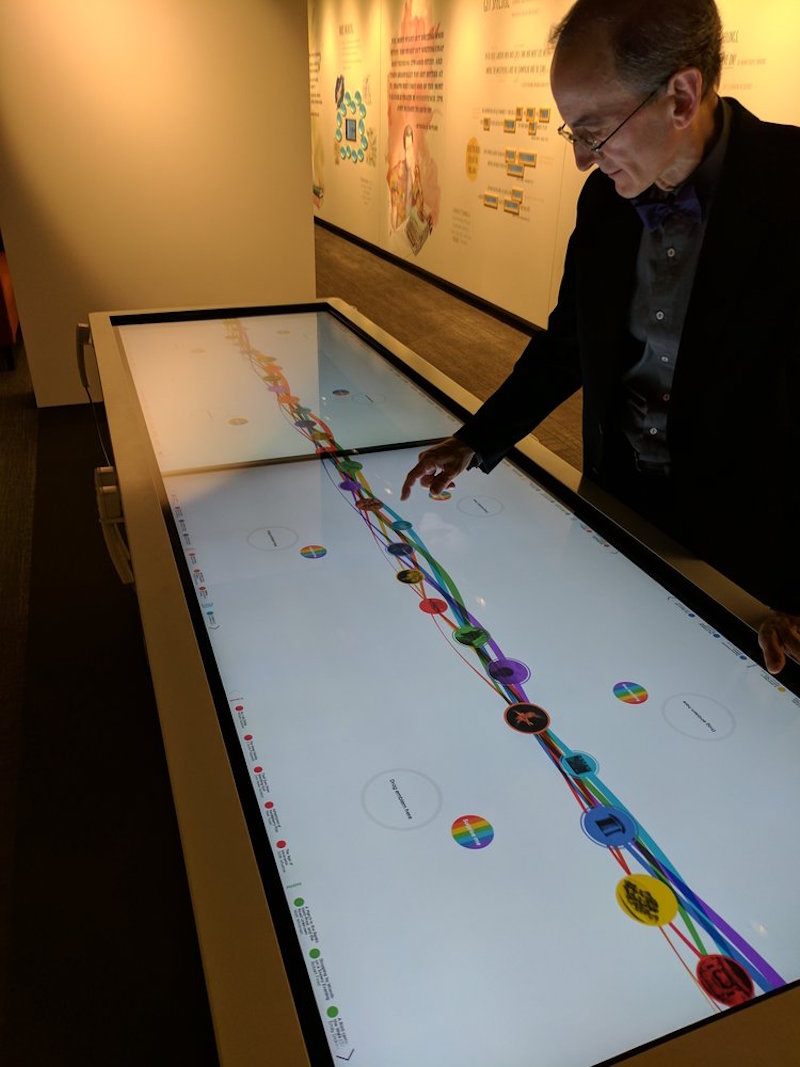 Photo courtesy of Amaze Design.
Photo courtesy of Amaze Design.
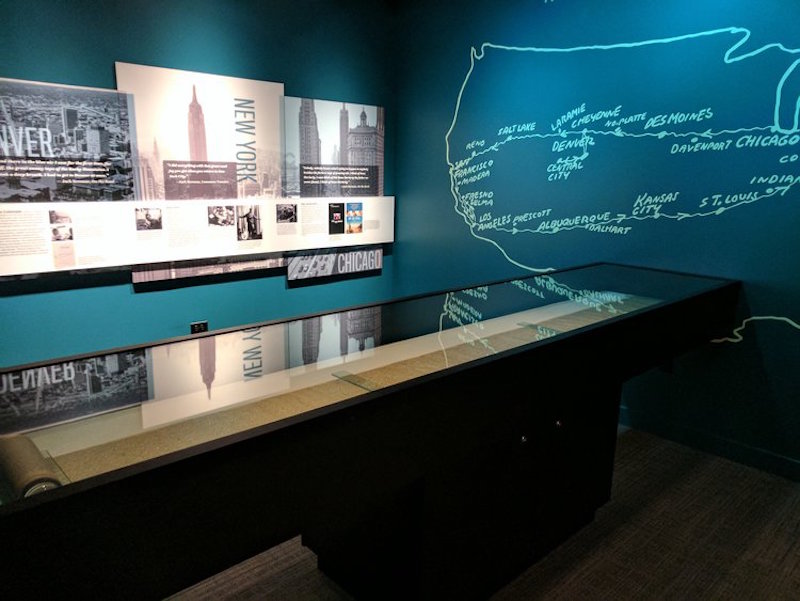 Photo courtesy of Amaze Design.
Photo courtesy of Amaze Design.
Related Stories
| Mar 13, 2014
Do you really 'always turn right'?
The first visitor center we designed was the Ernest F. Coe Visitor Center for the Everglades National Park in 1993. I remember it well for a variety of reasons, not the least of which was the ongoing dialogue we had with our retail consultant. He insisted that the gift shop be located on the right as one exited the visitor center because people “always turn right.”
| Mar 12, 2014
14 new ideas for doors and door hardware
From a high-tech classroom lockdown system to an impact-resistant wide-stile door line, BD+C editors present a collection of door and door hardware innovations.
| Mar 5, 2014
5 tile design trends for 2014
Beveled, geometric, and high-tech patterns are among the hot ceramic tile trends, say tile design experts.
| Feb 24, 2014
New Menil Drawing Institute will fit in with leafy surroundings
In Houston, plans are being finalized for the first freestanding American building built to house and conserve modern and contemporary drawings.
| Feb 18, 2014
Robert A.M. Stern sent back to drawing board for Revolutionary War museum in Philadelphia
The Philadelphia Art Commission has suggested some significant changes to the design by Robert A.M. Stern Architects, namely the elimination of a cupola and the addition of eye-level windows on the ground floor.
| Feb 14, 2014
Giant interactive pinwheel adds fun to museum exterior
The proposed design for the Santa Cruz Museum of Art and History features a 10-foot pinwheel that can be activated by passersby.
| Feb 14, 2014
Crowdsourced Placemaking: How people will help shape architecture
The rise of mobile devices and social media, coupled with the use of advanced survey tools and interactive mapping apps, has created a powerful conduit through which Building Teams can capture real-time data on the public. For the first time, the masses can have a real say in how the built environment around them is formed—that is, if Building Teams are willing to listen.
| Feb 13, 2014
Extreme Conversion: Nazi bunker transformed into green power plant, war memorial
The bunker, which sat empty for over 60 years after WWII, now uses sustainable technology and will provide power to about 4,000 homes.
| Jan 30, 2014
How reverse engineering nature can spur design innovation
It’s not enough to copy nature. Today’s designers need a deeper understanding of environmental nuance, from the biome in.
| Jan 28, 2014
16 awe-inspiring interior designs from around the world [slideshow]
The International Interior Design Association released the winners of its 4th Annual Global Excellence Awards. Here's a recap of the winning projects.


